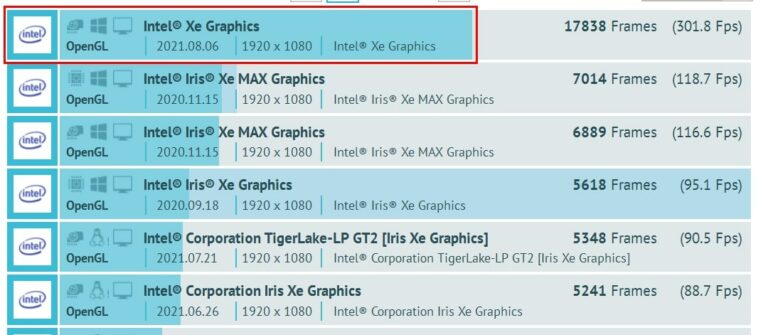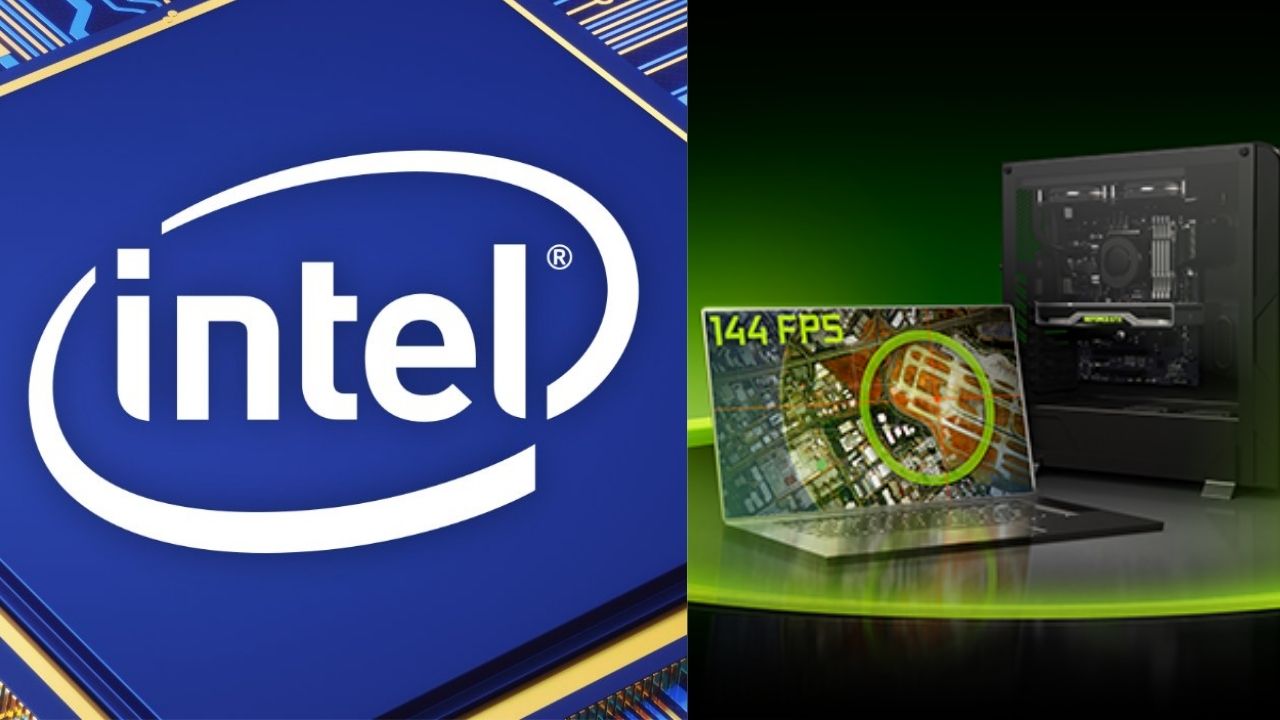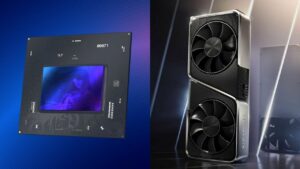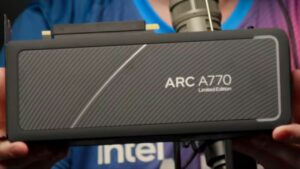A new entry on the GFXBench database has shown a brand new Intel Xe-HPG DG2 GPU has performance at par with an NVIDIA GeForce GTX 1660 SUPER graphics card.
This was first discovered by TUM_APISAK, who noticed an Intel Xe Graphics entry in the GFXBench benchmark.

Given that the graphics card isn’t marketed as an Iris variant, we can safely conclude that this is a Xe-HPG DG2 GPU-based variant designed for the higher-end graphics lineup for desktops and mobility.
No specifications had been mentioned, but we can expect a 2.5x performance increase when compared to the Iris Xe MAX. The Iris Xe MAX boasts 96 Execution units or 768 cores. This particular variant looks like a high-end model with either 256 or 192 EUs. We can also expect higher clock speeds due to the increased power headroom on the HPG variants.

| SKU 1 | SKU 2 | SKU 3 | SKU 4 | SKU 5 | |
| Package type | BGA2660 | BGA2660 | BGA2660 | TBC | TBC |
| Supported Memory Technology | GDDR6 | GDDR6 | GDDR6 | GDDR6 | GDDR6 |
| Memory speed | 16 Gbps | 16 Gbps | 16 Gbps | 16 Gbps | 16 Gbps |
| Interface / bus | 256-bit | 192-bit | 128-bit | 64-bit | 64-bit |
| Memory Size (Max) | 16 GB | 12 GB | 8 GB | 4 GB | 4 GB |
| Smart cache size | 16 MB | 16 MB | 8 MB | TBC | TBC |
| Graphics Execution Units (EUs) | 512 | 384 | 256 | 196 | 128 |
| Graphics Frequency (High) Mobile | 1.1 GHz | 600 MHz | 450 MHz | TBC | TBC |
| Graphics Frequency (Turbo) Mobile | 1.8 GHz | 1.8 GHz | 1.4 GHz | TBC | TBC |
| TDP Mobile (Chip Only) | 100 | 100 | 100 | TBC | TBC |
| TDP desktop | TBC | TBC | TBC | TBC | TBC |
Compared to existing discrete graphics cards, the Xe-HPG DG2 GPU is on the same level as the NVIDIA GeForce GTX 1660 SUPER. But, this is not the final performance test as we still don’t know what clocks it was running at or whether the drivers have been optimized enough for this benchmark.
Intel Xe-HPG DG2 GPU Based Discrete Gaming Graphics Card Specs
| GPU Variant | GPU SKU | Execution Units | Shading Units (Cores) | Memory Capacity | Memory Bus | TGP |
| Xe-HPG 512EU | DG2-512EU | 512 EUs | 4096 | 16/8 GB GDDR6 | 256-bit | ~275W |
| Xe-HPG 384EU | DG2-384EU | 384 EUs | 3072 | 12/6 GB GDDR6 | 192-bit | TBC |
| Xe-HPG 256EU | DG2-384EU | 256 EUs | 2048 | 8/4 GB GDDR6 | 128-bit | TBC |
| Xe-HPG 192EU | DG2-384EU | 192 EUs | 1536 | 4 GB GDDR6 | 128-bit | TBC |
| Xe-HPG 128EU | DG2-128EU | 128 EUs | 1024 | 4 GB GDDR6 | 64-bit | TBC |
| Xe-HPG 96EU | DG2-128EU | 86 EUs | 768 | 4 GB GDDR6 | 64-bit | ~120W |
There is a lot we don’t know, even with these benchmark scores, but this is the third entry of the Xe-HPG GPUs in the last few days, which hints at more samples running in the test environments, and that a launch could be very close.
Based on the timeline, the Xe-HPG DG2 lineup will compete against NVIDIA’s Ampere and AMD’s RDNA 2 GPUs, as both companies are not expected to launch their next generation of GPUs until the very end of 2022.
About Intel
Intel Corporation is an American multinational corporation and technology company headquartered in Santa Clara, California, in Silicon Valley. It is the world’s largest semiconductor chip manufacturer on the basis of revenue, and is the developer of the x86 series of microprocessors – the processors found in most personal computers (PCs).
Incorporated in Delaware, Intel ranked No. 46 in the 2018 Fortune 500 list of the largest United States corporations by total revenue.









No Comments on Intel Xe-HPG DG2 GPU Has Performance at Par with NVIDIA GTX 1660 SUPER